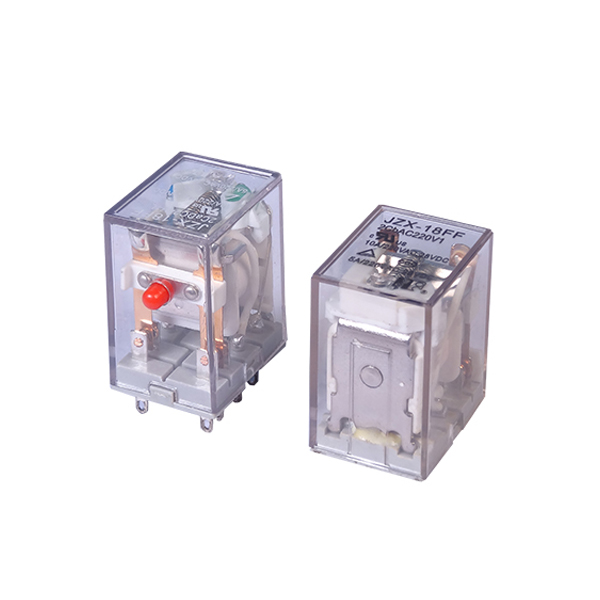Understanding General Purpose Relays for Heavy Power Switching: A Comprehensive Guide
2024-04-09
Introduction:
Relays are indispensable components in electrical systems, serving as switches that control the flow of power between different circuits. Among the diverse array of relays available, General Purpose Relays for Heavy Power Switching stand out for their capability to handle high-power loads reliably. In this blog, we'll delve into what sets these relays apart and why they're essential in various applications.
What is a General Purpose Relay for Heavy Power Switching?
A General Purpose Relay for Heavy Power Switching, as the name suggests, is designed to handle substantial electrical loads. These relays are electromechanical devices that use an electromagnetic coil to control one or more sets of contacts, allowing them to open or close circuits in response to electrical signals.
Distinguishing Features:
1. High Power Handling Capacity: One of the primary distinctions of General Purpose Relays for Heavy Power Switching is their ability to manage heavy electrical loads. These relays are built to withstand high voltages and currents, making them suitable for applications where significant power levels are involved, such as industrial machinery, power distribution systems, and large appliances.
2. Robust Construction: To withstand the rigors of heavy-duty applications, these relays are constructed with durable materials and robust design features. They typically feature sturdy housings, high-quality contact materials, and reliable insulation to ensure long-term performance and reliability.
3. Wide Range of Contact Configurations: General Purpose Relays for Heavy Power Switching are available in various contact configurations, including normally open (NO), normally closed (NC), and changeover (CO) contacts. This versatility allows them to accommodate different circuit requirements and switching scenarios, providing flexibility in application design.
4. High Switching Speeds: Despite their ability to handle heavy loads, these relays are engineered for fast and efficient switching operations. They offer quick response times, minimizing delay and ensuring rapid control of electrical circuits, which is crucial in time-sensitive applications.
5. Compatibility with Different Control Signals: General Purpose Relays for Heavy Power Switching can be activated by a wide range of control signals, including low-voltage signals from microcontrollers, PLCs (Programmable Logic Controllers), or manual switches. This compatibility enhances their usability across diverse control systems and automation setups.
Applications:
General Purpose Relays for Heavy Power Switching find applications in various industries and settings where reliable switching of high-power loads is essential. Some common applications include:
- Industrial machinery and equipment
- Power distribution and control panels
- HVAC (Heating, Ventilation, and Air Conditioning) systems
- Electric vehicles charging stations
- Renewable energy systems (solar, wind, etc.)
- Elevators and escalators
- Large appliances (refrigerators, washing machines, etc.)
Conclusion:
General Purpose Relays for Heavy Power Switching play a crucial role in controlling and managing high-power electrical circuits across a wide range of applications. With their robust construction, high power handling capacity, and fast switching speeds, these relays provide dependable performance in demanding environments. By understanding their distinguishing features and applications, engineers and system designers can effectively integrate them into their designs to ensure reliable operation and safety.



